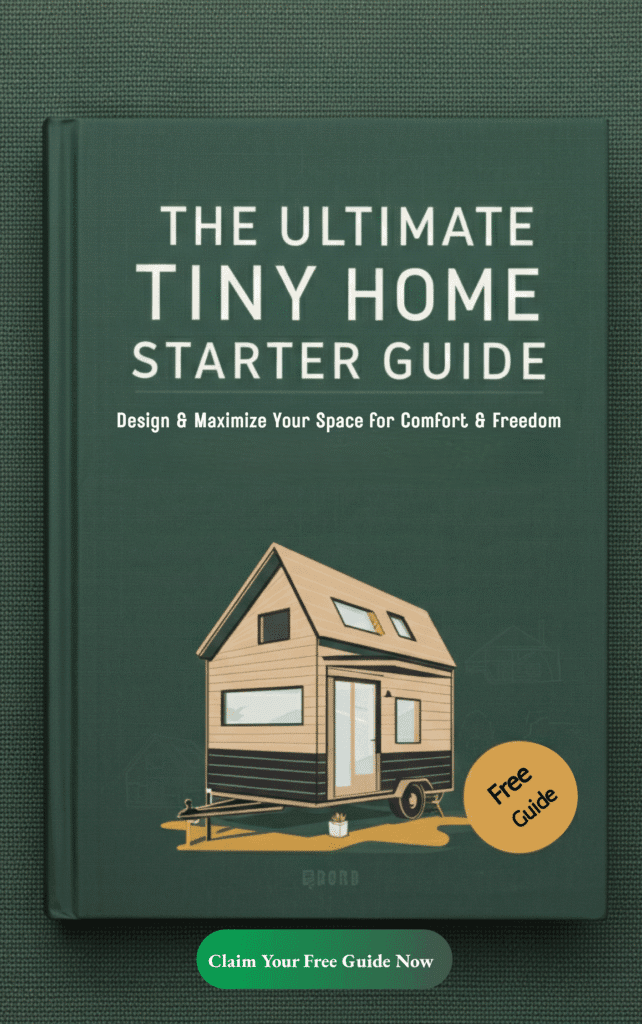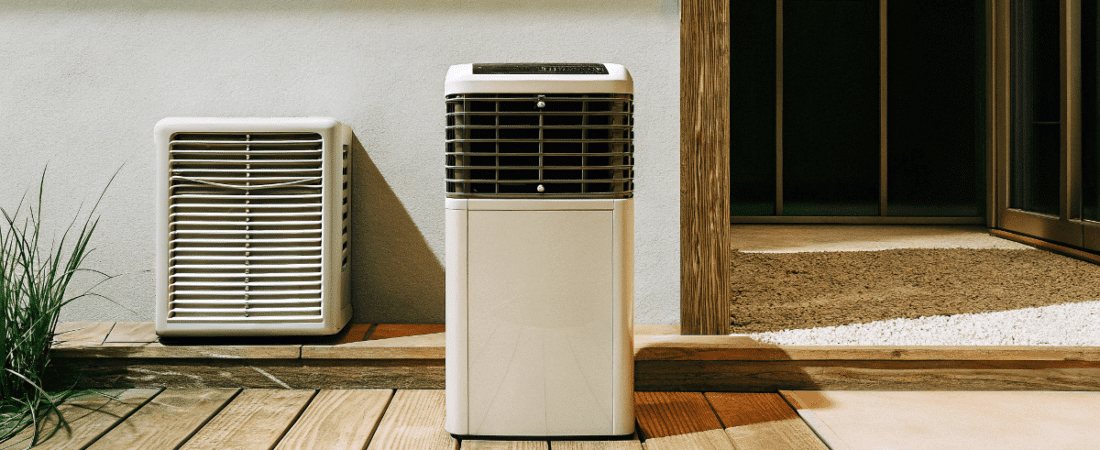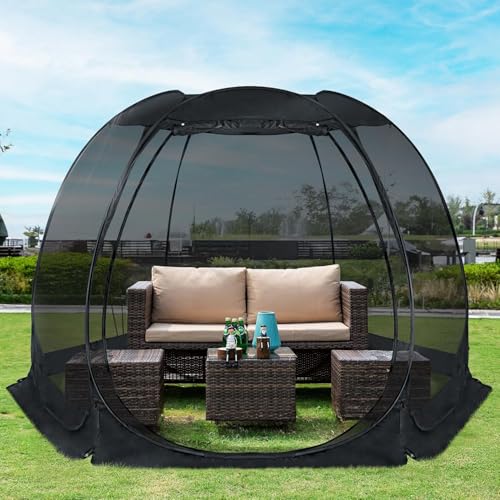Heating units for small homes are essential for maintaining a cozy and comfortable living environment. Tiny homes, often less than 500 square feet in size, with their limited space and unique insulation challenges, require efficient and compact systems. Selecting the right heating and cooling options becomes crucial. There are various tiny house heaters available, such as electric heaters, propane heaters, and wood stoves, each catering to the specific needs of tiny houses. From electric heaters to heat pumps, explore efficient solutions designed to address the unique challenges of tiny homes.
Key Points:
- Understanding the Challenges of Heating Small Spaces: Small homes, especially tiny houses, have unique heating issues due to limited space and insulation challenges, requiring efficient solutions.
- Top Heating Units for Small Homes: Choosing the right heating system, such as electric heaters, heat pumps, or alternatives like wood stoves, is crucial for comfort in tiny homes.
- Electric Heaters: Electric heaters are cost-effective, versatile, and easy to set up, making them suitable for targeted heating in small spaces, but require safety precautions.
- Heat Pumps: Heat pumps, especially ductless mini-split systems, are energy-efficient options that heat and cool, ideal for warmer climates and small spaces.
- Alternative Heating Options and Tips: Other heating methods like wood stoves, gas fireplaces, and solar solutions offer cozy and eco-friendly options, with effective insulation and ventilation key for efficiency.
Understanding the Challenges of Heating Small Spaces
Top Heating Units for Small Homes
Ever wonder how to heat those tiny spaces without feeling cramped? Small homes, like tiny houses, have their own heating quirks. Limited space and insulation can be tricky. Tiny homes need flexible and efficient heating and cooling due to their size and design constraints. A small space heater can be highly effective for providing targeted warmth in such tiny spaces.
Electric Heaters
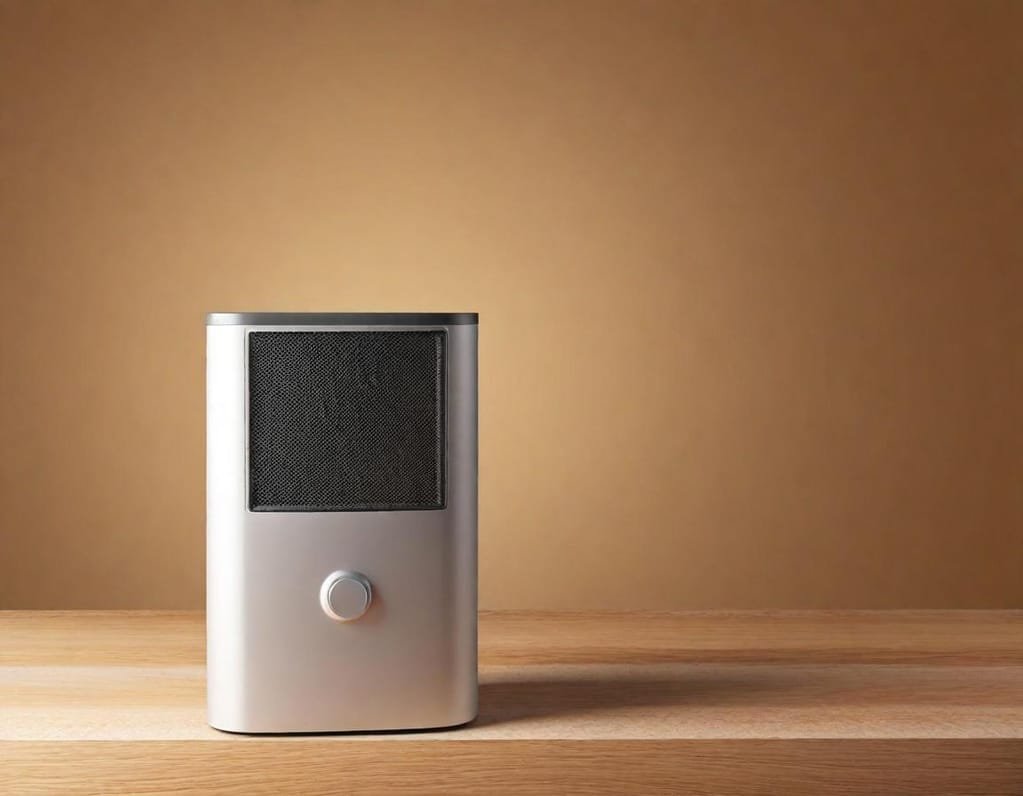
Electric heaters work great for small homes. Electric space heaters, including oil-filled, ceramic, and infrared models, are cost-effective and versatile heating solutions. They’re cheap and easy to set up. No need for extra vents or exhausts. Portable space heaters are perfect for small spots, but it’s important to follow safety guidelines to ensure efficient and safe usage. However, portable space heaters can provide relief from extreme temperatures in tiny homes but struggle to regulate temperature evenly.
Heat Pumps
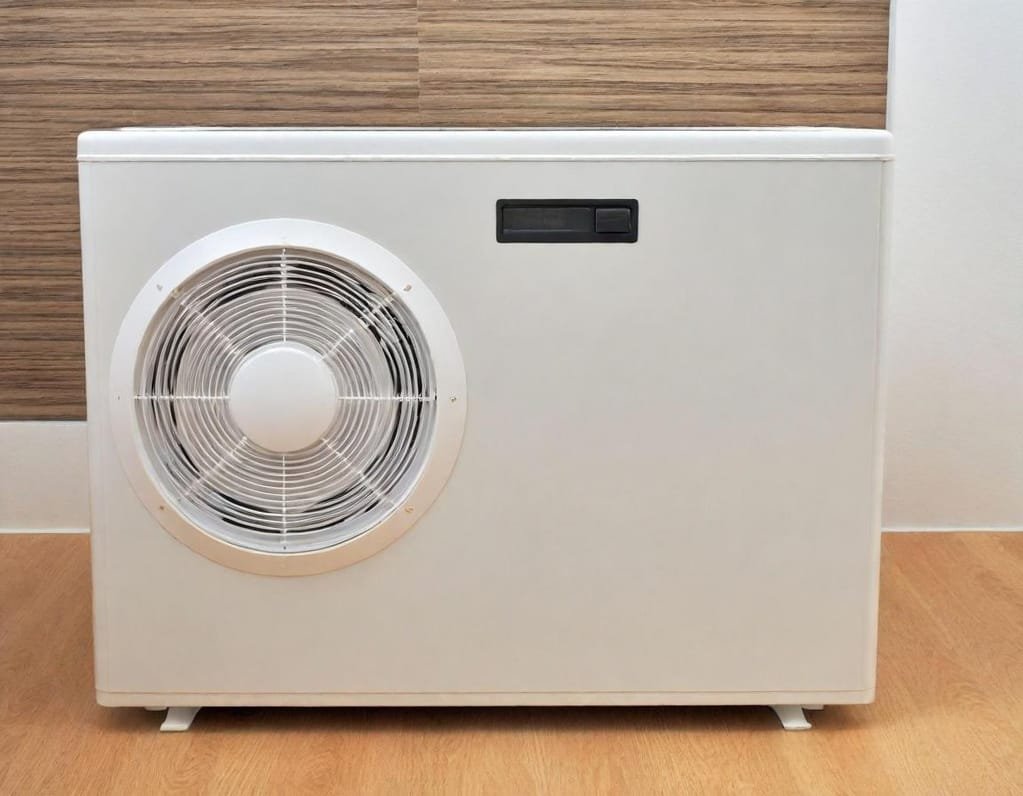
Heat pumps are super energy-efficient. They pull warm air from outside. Ductless heat pumps are compact and flexible. Best in warmer areas. Ductless mini-split HVAC systems can generate both hot and cold air, making them versatile for tiny homes. These systems consist of one or more indoor units and a singular outdoor unit.
Alternative Heating
Wood stoves give off cozy vibes and warmth. A wood burning stove is a reliable and environmentally friendly option, especially during power outages. Gas or electric fireplaces are easy to use. Solar power can cut down on energy bills and is eco-friendly. Pellet stoves are considered a worthwhile investment for heating tiny homes in cooler climates.
Tiny House Heating Tips
Think about the size, climate, and insulation. Mini split systems save space and work well. Good ventilation stops those hot and cold spots. Additionally, using an HVAC system can offer efficient heating and cooling solutions, though proper insulation and ventilation are crucial for maintaining comfortable temperatures. Window unit air conditioners are a traditional method but may result in uneven heating or cooling, creating hot or cold spots due to poor air circulation. Tiny homes often experience poor air circulation leading to inconsistencies in temperature.
Picking the Right Heater
Look at your space, weather, and budget. Know your heater options: electric, heat pumps, and more. Check energy use and maintenance needs. Consider the efficiency and adaptability of a mini split system, which is especially beneficial for creating individual temperature zones in tiny homes. Maximizing insulation helps prevent excessive energy bills due to heating and cooling inefficiency.
Energy and Maintenance
Better insulation keeps the warmth in. Routine checks keep heaters running well. Programmable thermostats can save on energy costs. Windows, doors, and seals can contribute to the loss of conditioned air in tiny homes.
Safety and Environment
Safety first, especially with wood stoves or gas fireplaces. Think about the heater’s energy use and carbon output. Go for eco-friendly features and certifications. Tiny homes may experience moisture build-up, requiring proper ventilation to prevent mold and damage.
Wrap-Up
Heating small homes has its quirks. Pick the right heater, think about energy and safety. Inefficient heating and cooling systems can lead to excessive energy consumption and high energy bills for tiny homes. Enjoy a cozy, warm space without the fuss.

